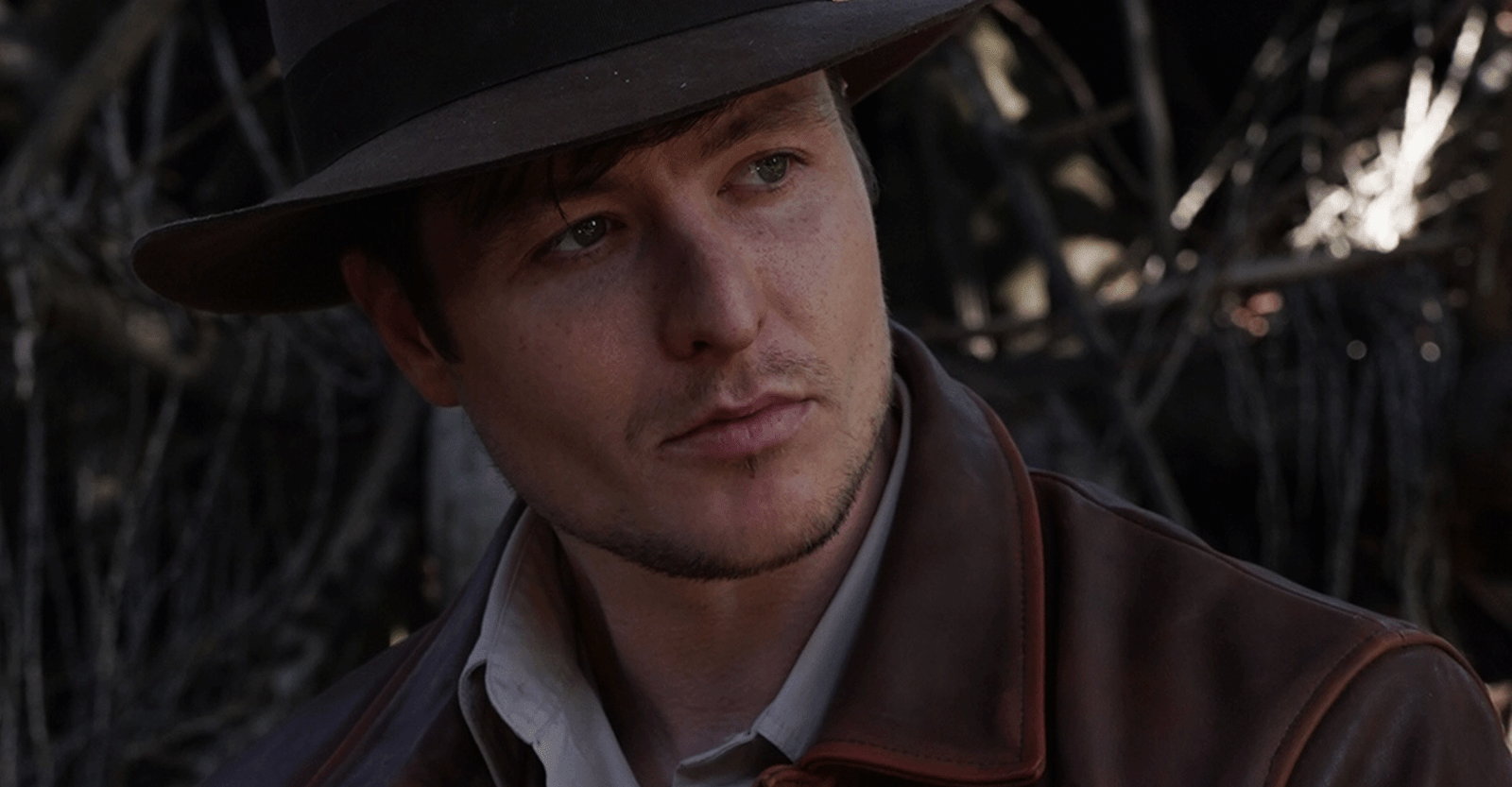
The Ultimate
Guide to
Cosplay: History, Culture and Future Trends
Cosplay, a term derived from “costume play,” has evolved from a niche hobby to a global phenomenon, blending fashion, performance art, and fandom into a vibrant subculture. From meticulously crafted costumes to immersive role-playing experiences, cosplay has captured the hearts of millions worldwide. Whether you’re a seasoned cosplayer or a newcomer, this comprehensive guide explores the origins, cultural significance, industry growth, and future of cosplay.
The Origins of Cosplay
Early Beginnings
Cosplay has roots tracing back to the early 20th century, when fans of science fiction and fantasy began dressing as their favorite characters at conventions. The first recorded instance of fan costuming was in 1939 at the first World Science Fiction Convention (Worldcon) in New York, where Forrest J. Ackerman and Myrtle R. Douglas wore futuristic outfits inspired by pulp magazine illustrations.
The Rise of Cosplay in Japan
While cosplay as a concept existed in Western culture, Japan is credited with refining and popularizing the practice. In the 1980s, Nobuyuki Takahashi, a Japanese journalist, coined the term “cosplay” after attending a sci-fi convention in Los Angeles. Soon after, cosplay culture exploded in Japan, especially at events like Comiket and the World Cosplay Summit. The country became a hub for cosplay innovation, influencing global trends and techniques. The Culture of Cosplay
Community and Self-Expression
One of the most compelling aspects of cosplay is its sense of community. Cosplayers gather at conventions, photoshoots, and online platforms to share their passion, exchange ideas, and celebrate their favorite characters. For many, cosplay is a form of self-expression, allowing them to embody fictional personas, experiment with fashion, and showcase their creativity.
Craftsmanship and Creativity
Cosplayers invest significant time and effort into crafting their costumes. The process involves sewing, armor-making, prop creation, and wig styling. Advanced cosplayers incorporate LED lights, 3D printing, and animatronics to bring their characters to life. The level of artistry involved has transformed cosplay into an esteemed form of craftsmanship.
